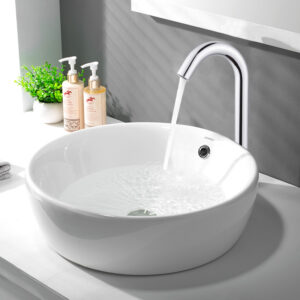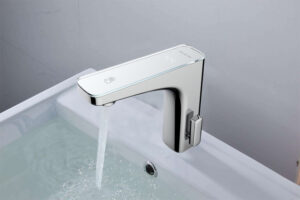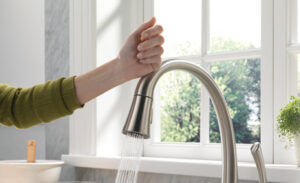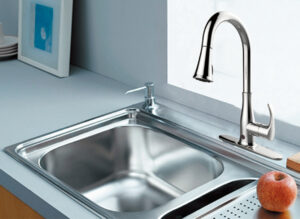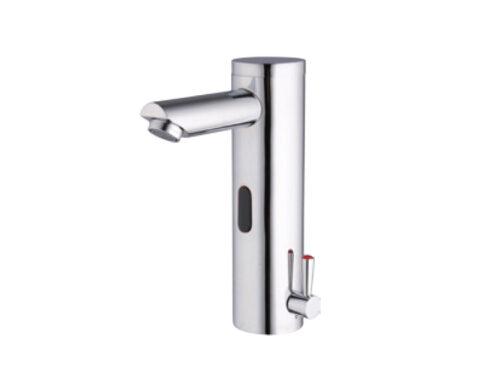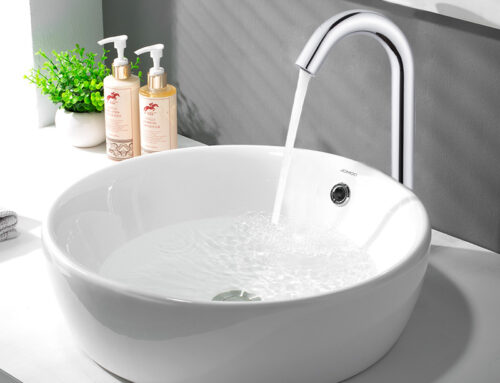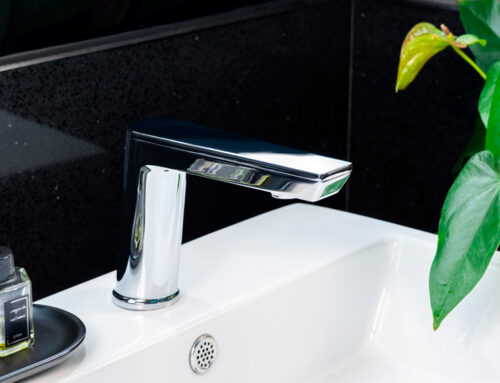In most public facilities, automatic faucets is replacing traditional manual faucets step by step. Touchless faucets greatly reduce cross infection rates by reducing unnecessary touch. This was important to the public before the COVID-1
In most public facilities, automatic faucets is replacing traditional manual faucets step by step. Touchless faucets greatly reduce cross infection rates by reducing unnecessary touch. This was important to the public healthy. Automatic faucets have become a standard configuration in public.
As faucet technology become more and more mature , automatic sensor faucets also find their way into kitchens and bathrooms in private homes.
If you plan to upgrade faucets, when selecting faucets, you will find the market provides a lot of choice.
You have mainly three choices: manual type, touch type, and touchless type.
Electronic faucets: Touch and touchless faucets
With a traditional faucet, you need to push, pull, or twist a manual handle to turn the faucet on or off. While touch and touchless faucets minimize the action needed. Both types are innovative versions of the traditional manual faucets. And both are sensor operated electronic faucets.
What are the difference? With a touch faucet, some contact is necessary to switch the water flow on or off. While if you uese touchless faucets, what you need to do is reach out your hand to faucet spout or motion once before the sensor for activation.
How do touch faucets work?
Our bodies store up an electrical charge. And touch faucets also maintains an electrical charge. When our body touch the faucet, the sensor catch the changes of electrical charge, and conduct the faucet flow on and off.
There are some pros and cons of a touch sink faucet:
Water saving: Touch faucets, as an electronic faucet, reduce water consumption and they usually have a max time water flow protection, so no need to worry about forgetting to turning off.
Cleanliness: Manual handles on the faucet is also sources of dirt and germs. When we wash our hands or starting to do kitchen work, we use our dirty hands to turn on the water. And after water washing, to turn water off, we touch the dirty handle again. With an touch sensor faucet, you decrease the touch. You can also turn on or off with other parts of your body like wrist.
Convenience: Touch faucets are easy to use and users don’t need to touch a certain position. The touch can be detected in almost complete faucet body.
How do touchless faucets work?
Touchless faucets are also known as touch-free, sensor, and automatic faucets. They have a sensor fixed on the faucet body. These sensors sense the presence of your hand or any other object in front of them. When you put your hand in front of the sensor, the infrared light reflects back and activate the faucet.
Here are some of the benefits of touchless faucets:
Hygiene: The most significant benefit of a touchless faucet is its impact on hygiene. You don’t need to touch the faucet at all. The touch free operation eliminates the chance of spreading germs.
Water saving: Touchless faucets usually have a lower flow rate than traditional faucets. The max time water flow function ensures water not wasted by accidentally leaving with the faucet water on.
Easy installation: If you can know how to install a traditional manual faucet, you should also be capable of installing a touchless faucet.
Comparing to touch faucets, touchless faucet have less requirement to the installation environment because the touch faucet sensor sometimes are too sensitive to some interference in the environment. And the installation of a touch faucet is better made by a professional people and the maintenance rate might be higher than touchless faucet.
If you need more details or information, just contact us freely.
For a quick response, you can also contact sales3@rajeyn.com, +86 17750312712.

